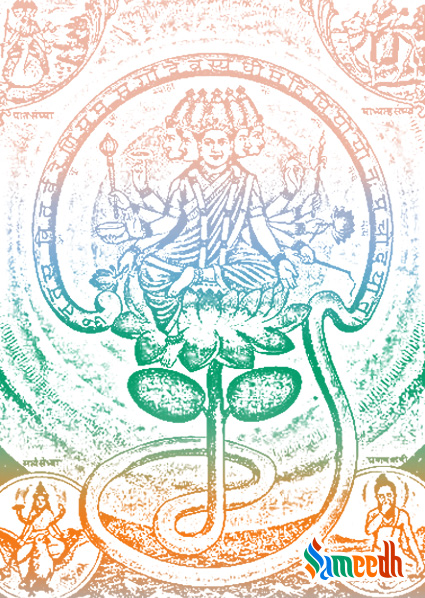Meaning and relevance of lineage in Hinduism

According to Hinduism, Gotra translates to ancestry, lineage or bloodline. Gou means cow, deemed as a holy animal in Hinduism and tra is shed, equating to cow shed. Lord Brahma, the creator of the Universe gave rise to the Saptrishi, the seven sages. From these saints, emerged the seven bloodlines or gotras. As the Saptrishi were created by Brahma, the latter’s offsprings too were known as the Brahmins, also the highest caste of Hinduism.
Gotra in Hinduism
The seven sages were Kashyap, Atri, Bharadwaj, Gautum, Jamadagni, Vashistha and Vishvamitra. Agastya, Brighu and many others too were considered the first of sages. The initial seven Gotras went on multiplying and now exists more than 100 such descents. These were the prominent bloodlines which later extended upon further procreation. The Gotra is passed down from the father to his kids. Women have to adopt their fathers’ Gotra before marriage and after their wedding, they take up their husbands’ Gotra.
The scientific reason for going with the father’s Gotra stems right from the DNA. It is the male chromosome which determines the sex of a baby. It would have been the Y chromosome of the saints which got passed down throughout history. Hence, it is the male chromosome which carries the identification of Gotras and makes the determination easier than tracing back through women’s chromosomes. Although in certain Indian states that follow Matriarchy, the mother’s Gotra is used by the kids.
Few cultures believe in assigning the Gotra by profession instead of birth too.
Gotra during Marriage
It is prevented in Hinduism to marry someone from your own Gotra. This was essentially done for genetic purity and to avoid marriage between siblings or cousins as it is incestous in nature. It was also done to expand breeding as it was one of the primary goals of Marriage.
But this practice is also supported by biological reasons. The human body contains 23 pairs of chromosomes, 46 in total. It is that one Y gene which not only decides the gender but is a distinctive chromosome which cannot get connected with others and is unable to repair itself. Because of this, the chromosome Y is known to be decreasing in size because it cannot heal itself. The Y chromosome has a high chance to go extinct in a few million years too. Furthermore, this has caused the Y chromosome to carry certain deficiencies and defects with them over time. Although it can stay inactive and not reflect in the offspring, if people marry within the same Gotra, chances of the same defects coming together and affecting the health of the baby drastically worsens. The baby can be born with certain mental and physical challenges. To stop such mishappenings from occurring, unions were prohibited within the same Gotra. Basically, the same or similar blood group of husband and wife can create medical issues while reproduction. Following the Gotra system is beneficial as a result of it. A threatening gene or trait can be kept from regenerating and can be kept dormant.
If a person is not aware of their Gotra, it is mentioned in the religious scriptures to assume it as Kashyap. As this saint had married more than once and had multiple children across clans, increasing the probability of it being an individual’s Gotra.